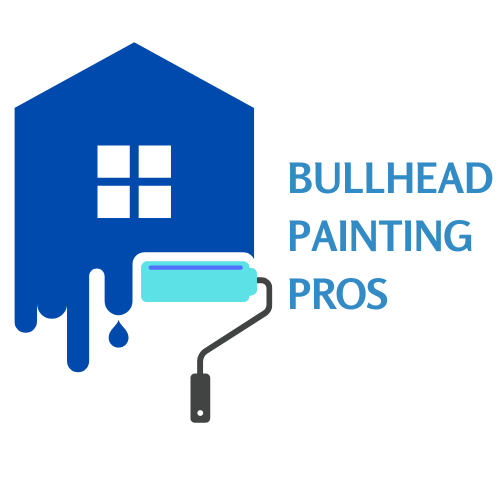Do I need Primer before Paint my walls?
Using a primer before painting your walls can significantly impact the final appearance and durability of your paint job. Whether or not you need a primer depends on several factors, including the condition of the walls, the type of paint you plan to use, and the surface you are painting. Here’s a detailed guide to help you decide if you need a primer before painting your walls.
When You Should Use Primer:
1. Bare or New Surfaces:
- Unpainted drywall, wood, metal, or masonry: Primer helps seal the surface, providing a uniform base for the paint to adhere to and preventing the paint from being absorbed unevenly.
2. Drastic Color Changes:
- From dark to light or light to dark: Primer helps cover the old color, reducing the number of paint coats needed for full coverage and ensuring the new color appears true.
3. Stains and Odors:
- Smoke, water stains, or other discolorations: Primer blocks stains and odors, preventing them from bleeding through the new paint.
4. Glossy Surfaces:
- High-gloss paint, tiles, or glass: Primer provides better adhesion for the new paint, ensuring it sticks properly to smooth, non-porous surfaces.
5. Unstable or Porous Surfaces:
- Old, chipped, or flaky paint, or porous materials like new wood or drywall: Primer stabilizes the surface, ensuring better paint adhesion and a smoother finish.
6. Moisture-Prone Areas:
- Kitchens, bathrooms, or exteriors: Specialized primers can provide extra moisture resistance, protecting the paint job from humidity and water damage.
When You Might Skip Primer:
1. Repainting Similar Colors:
- Repainting a well-maintained, previously painted surface in a similar or slightly darker shade: If the existing paint is in good condition, you might not need a primer.
2. Self-Priming Paints:
- Using high-quality self-priming paints: These paints have built-in primer and are designed to provide good coverage without a separate primer, especially if the surface is in good condition and the color change is not drastic.
3. Small Touch-Ups:
- Minor repairs or touch-ups: For small areas, you can often use the paint directly, especially if it's a similar color and finish.
4. High-Quality Paint Over Low-Sheen Surfaces:
- Painting over a low-sheen or matte surface in a similar color: If the existing paint is in good condition and the new paint is high-quality, you might not need a primer.
Conclusion:
Using a primer before painting can provide a smoother, more even finish, better adhesion, and longer-lasting results. It’s particularly crucial for new, bare, or heavily stained surfaces, as well as when making significant color changes. While high-quality, self-priming paints and certain situations may allow you to skip this step, priming is generally a good practice to ensure the best outcome.
If you’re uncertain whether your project requires a primer, consulting with professionals like Bullhead Painting Pros can provide valuable guidance tailored to your specific needs. Their expertise can help you achieve a flawless, durable paint job.
Quick & Reliable
We are available Painting needs!
All Rights Reserved | Bullhead Painting Pros

